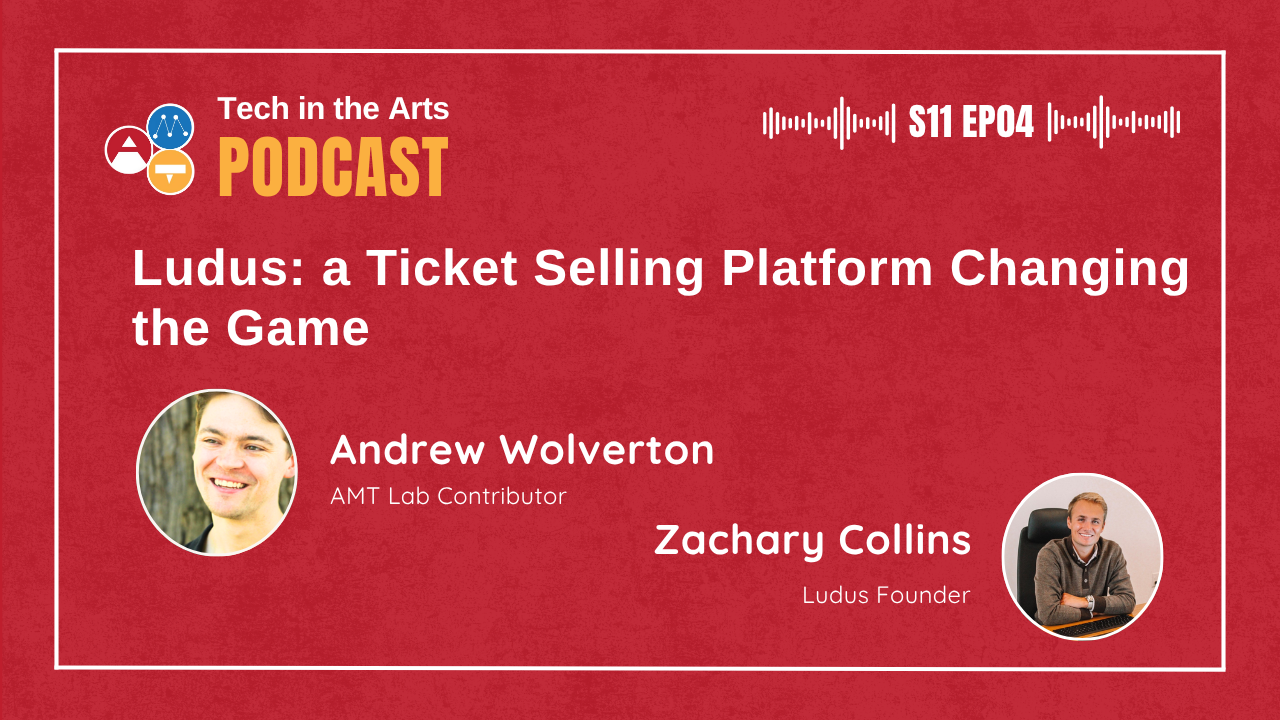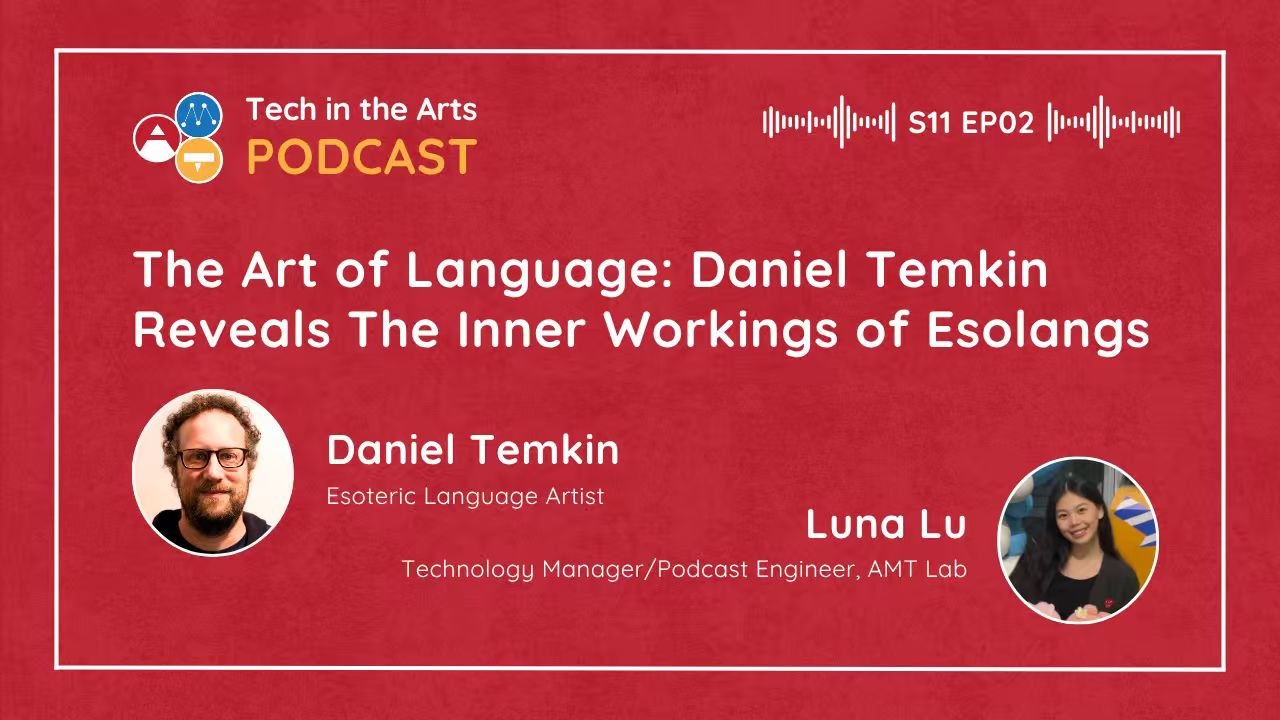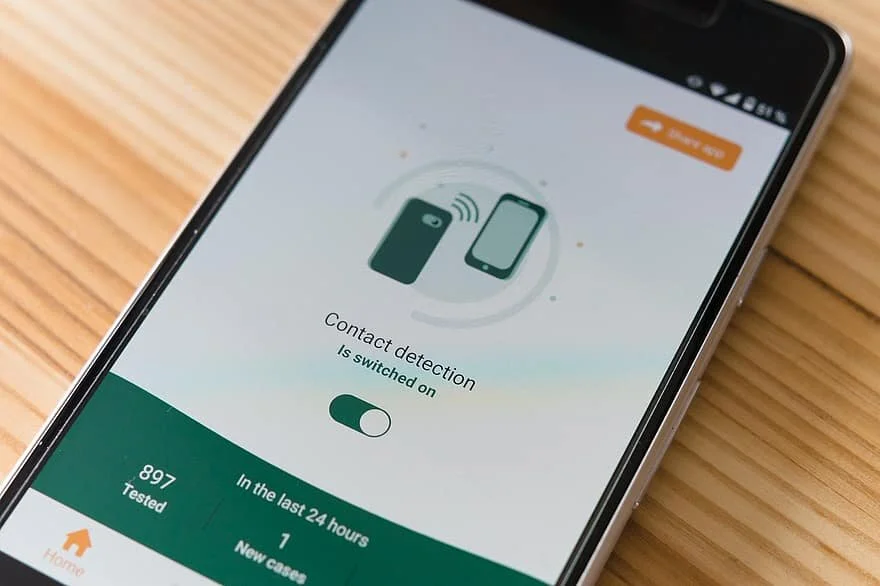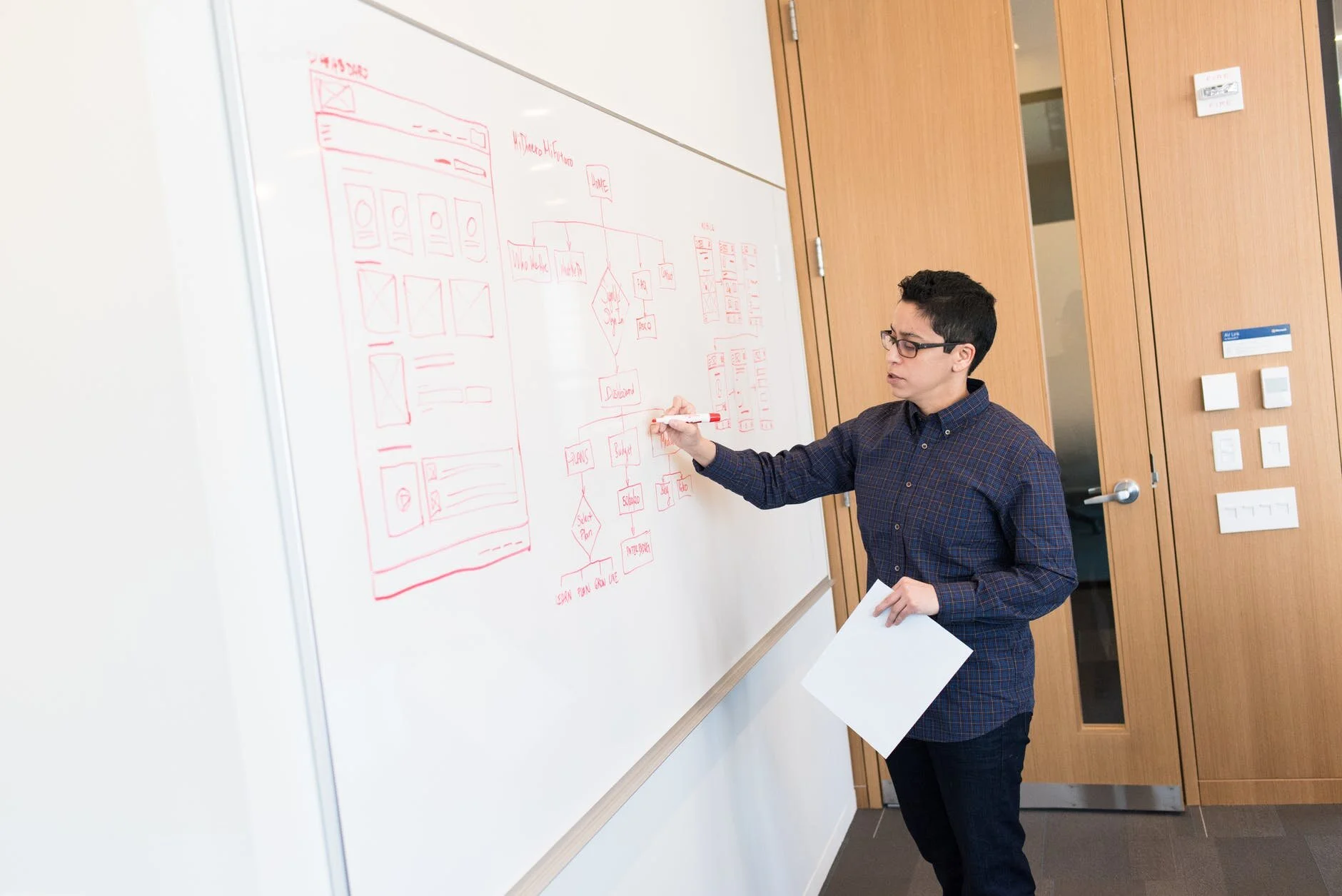In this episode of Tech in the Arts, AMT Lab Lead Researcher Ian Hawthorne sits down with Stewart Urist, General Manager of the Pittsburgh Public Theater, to discuss their transition to Sage Intacct, a cloud-based financial management software. They delve into the challenges of migrating from a legacy system, the benefits of automation and AI in financial processes, and how tools like Sage can empower nonprofit organizations to streamline operations and improve budget transparency. Whether you’re considering a software transition or just curious about nonprofit financial management, this episode offers valuable insights for organizations of all sizes.
Let's Talk: Remote Work, Rising Screen Time, and Tools for Livestreaming
In this episode, B and Lutie talk about the remote and hybrid work landscape as employers and employees navigate a possible return to so-called normalcy as well as rising screen time and its implications. Then, B and AMT Lab Podcast Producer Angela Johnson chat with AMT Lab contributor Andrew Wolverton about the popular livestreaming software Streamlabs OBS and tips for embracing livestreaming technology.
UX and UI Website Design with the Pittsburgh Glass Center
In this interview episode, our former Podcast Producer, Alyssa Wroblewski, along with our former Technology and Innovative Content Manager, Grace Puckett, sat down with Heather McElwee, the Executive Director of the Pittsburgh Glass Center. They discussed the user experience and user interface design of the website, www.pittsburghglasscenter.org.
Let’s Talk: Strategies and Technology for Reopening the Arts
Remote Work Tools: Using Airtable and Asana for Project Management
Alyssa and Brett sit down with Attack Theatre’s Executive Director, Rebecca Himberger, and Quantum Theater’s Managing Director, Stewart Urist, to chat about different ways to approach project management using technology in an arts organization. Together they discuss the pros and cons of Airtable and Asana, two popular and widely used management platforms, along with the challenges that arise when technology doesn’t quite fit all of an organization’s needs.
Changing the Narrative: Interview with Aubrey Bergauer
In this episode, Grace Puckett and Michaela White interview Aubrey Bergauer, the former Executive Director of the California Symphony, a consultant for arts organizations, and the Vice President of Strategic Communications & Executive Director of the Center for Innovative Leadership at the San Francisco Conservatory of Music. They discuss some of Aubrey’s strategies for organizational growth, turnaround, data collection, and audience retention within orchestra management.
Let's Talk: Data Privacy, the Clearview AI app, and Facial Recognition In The News
Experimental Research with Future Tenant
In this mini-episode, Alyssa sits down with Sarika Sanyal, the Program Director of Future Tenant, to talk a little bit about some of the experimental research they have done this semester to inform future programming. They discuss Future Tenant’s partnerships with CMU School of Art, the Pittsburgh Airport, and MuseumLab at the Children’s Museum of Pittsburgh.
Podcast: Managing a Tech Heavy Arts Festival
What's on Your Phone, Elizabeth Pope?
An interview with Elizabeth Pope, Director of Research and Operations at Idealware, a nonprofit based in Portland, ME that helps nonprofits make smart technology decisions.















